Entry Type: Thing - Starting with K
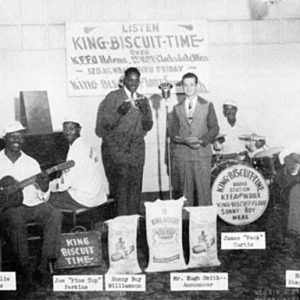 King Biscuit Time
King Biscuit Time
 King Cotton's Picking Book
King Cotton's Picking Book
 King Crowley
King Crowley
King Crowley
King Schoolhouse
Kingston School
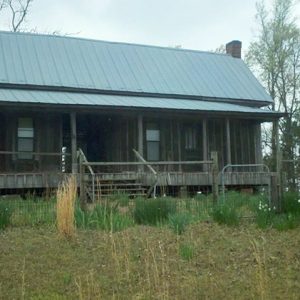 Loy Kirksey House
Loy Kirksey House
 "Kisses Sweeter Than Wine," Performed by the Weavers, Featuring Lee Hays
"Kisses Sweeter Than Wine," Performed by the Weavers, Featuring Lee Hays
 KJBR Tower
KJBR Tower
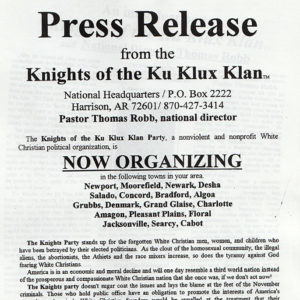 KKK Press Release
KKK Press Release
Klan Haven Orphanage
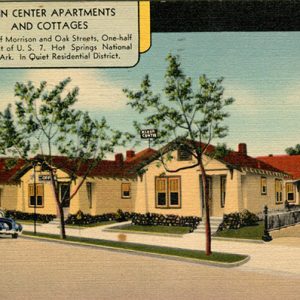 Klein Center Postcard
Klein Center Postcard
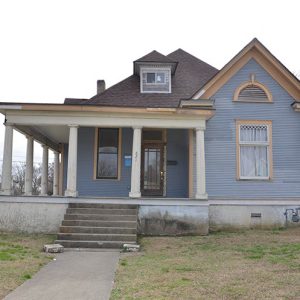 Kleinschmidt House
Kleinschmidt House
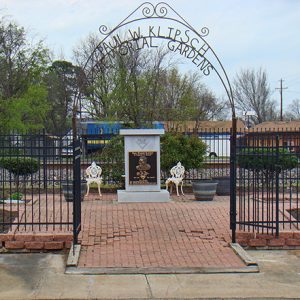 Klipsch Memorial
Klipsch Memorial
 Klipsch Gravesite
Klipsch Gravesite
Klipsch Group, Inc.
KMJX [Radio Station]
aka: Magic 105
aka: The Wolf 105.1
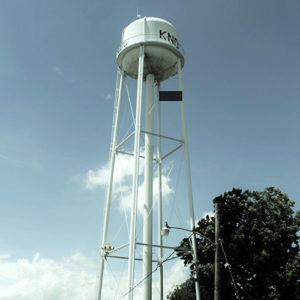 Knobel Water Tower
Knobel Water Tower
 Knoble Brewery
Knoble Brewery
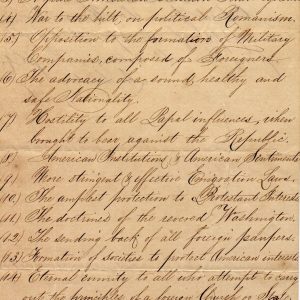 Know-Nothing Platform
Know-Nothing Platform
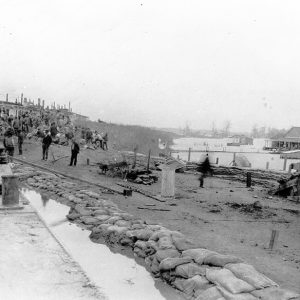 Knowlton Landing
Knowlton Landing
KOKY
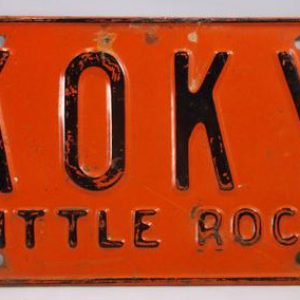 KOKY License Plate
KOKY License Plate
Korean War
Korean War Markers and Memorials
Kream Kastle
Kruse Gold Mine
KTHS
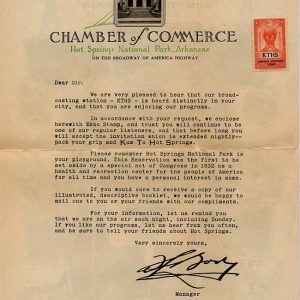 KTHS EKKO Stamp
KTHS EKKO Stamp
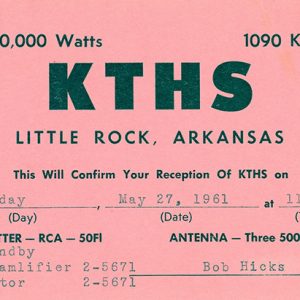 KTHS QSL Card
KTHS QSL Card
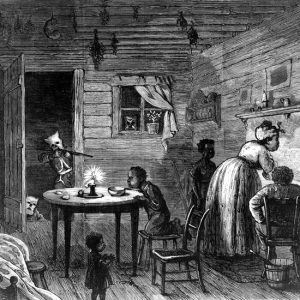 Ku Klux Klan
Ku Klux Klan
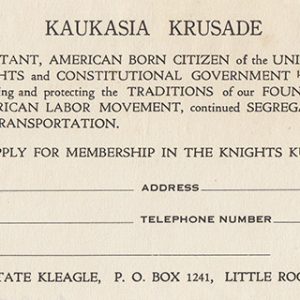 KKK Application
KKK Application
KUAF
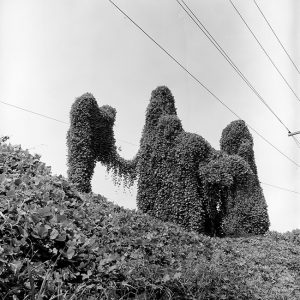 Kudzu
Kudzu
Kudzu
KUOA
KWEM
 KWEM Automobile
KWEM Automobile




